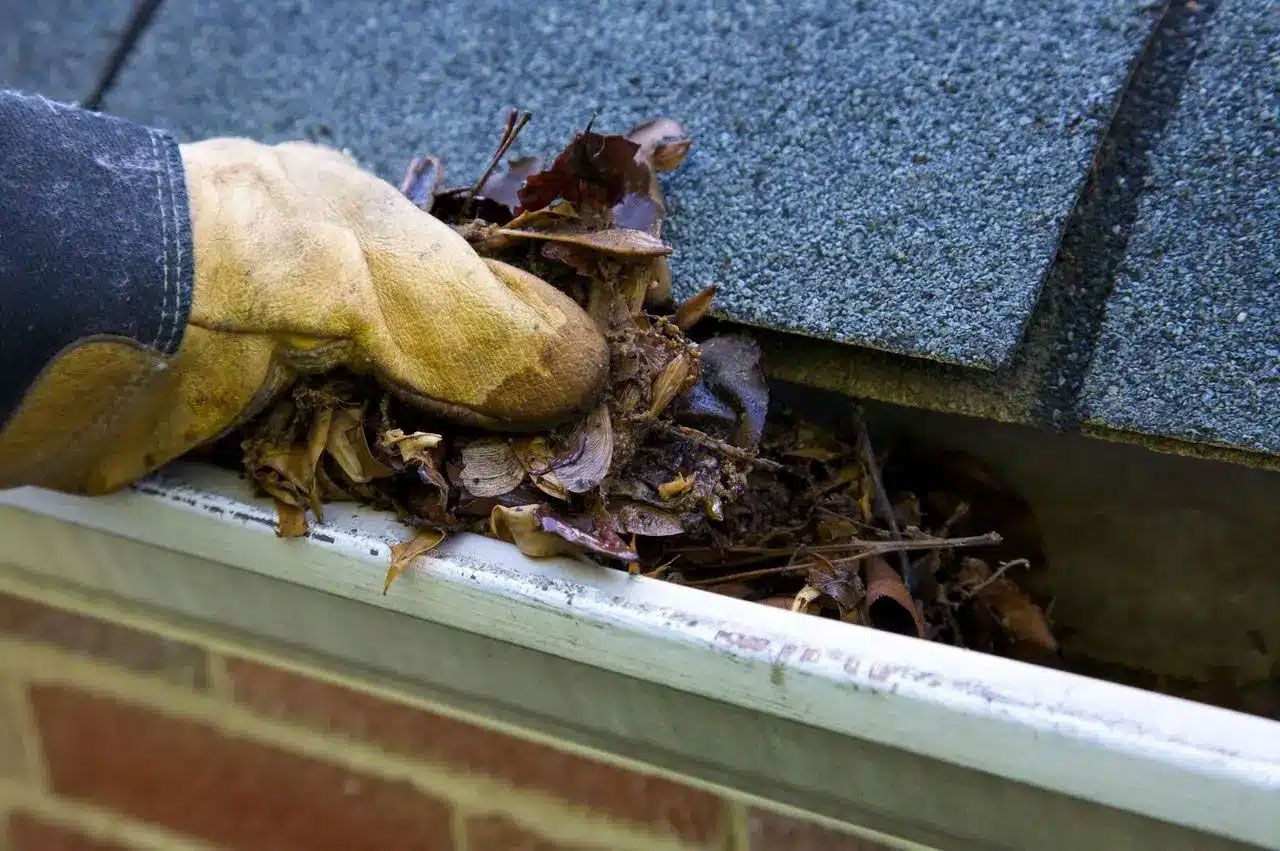Martin’s Seamless Gutters & Fencing Blog
From water management to privacy fencing, we have you covered each step of the way. Estimates are always free!
Knowledge to help you make the best decision
Not sure what Size or Style of Gutters or Fencing You Need?
Read on to Learn More!
Gutters and Fencing
We Make it Easy
Tell us what your needs are
We custom-tailor every estimate to each customer’s budget and concerns.
We'll plan and design your gutter system, drainage system, or privacy fence
We custom-tailor every estimate to each customer’s budget and concerns.
Reap the benefits!
Enjoy the peace of mind and added value to your property!
400
Jobs in the Past Year
5/5
Customer Satisfaction Rate
10
Professional Team Members







